The Biodiversity Plan
Crop Diversity is Essential for Achieving the Biodiversity Plan
The Kunming-Montreal Global Biodiversity Framework, adopted at the United Nations Biodiversity Conference (COP 15) in 2022, is an ambitious global initiative to halt biodiversity loss and promote sustainable practices that benefit people and the planet. In 2024, milestones will be reviewed, and new strategies will be implemented to accelerate progress towards the framework's targets.
By helping to ensure the conservation and sustainable use of crop diversity for the benefit of all, Crop Trust’s work contributes significantly to achieving Targets 4, 10, and 13 of the Global Biodiversity Framework.
Target 4: Halt Species Extinction, Protect Genetic Diversity, and Manage Human-Wildlife Conflicts
This target focuses on the conservation and recovery of wild species and the maintenance of genetic diversity within domesticated species. Learn more about it here.
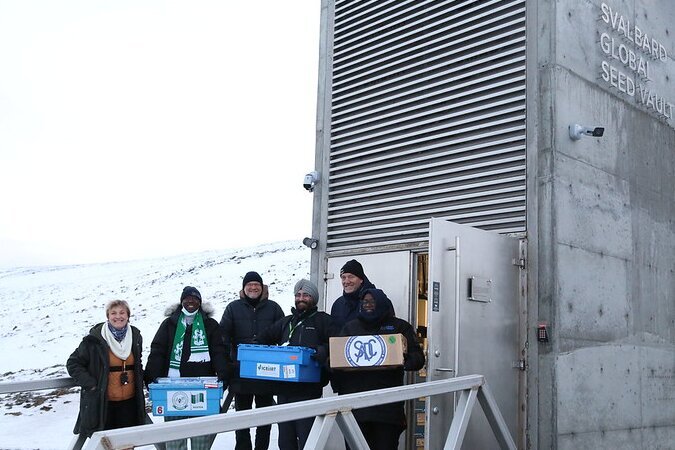
In addition, projects such as the Crop Trust-led Crop Wild Relatives Project have made significant contributions to conserving crop diversity and enhancing crop resilience. Over 4,500 seed samples of the wild relatives of 29 crops were collected and conserved, and more than 14,000 pre-bred lines derived from crop wild relatives were provided to plant breeders, leading to new, improved varieties of potato, durum wheat, and alfalfa. Had this diversity not been collected and safeguarded in genebanks, it might have been lost. Forever.
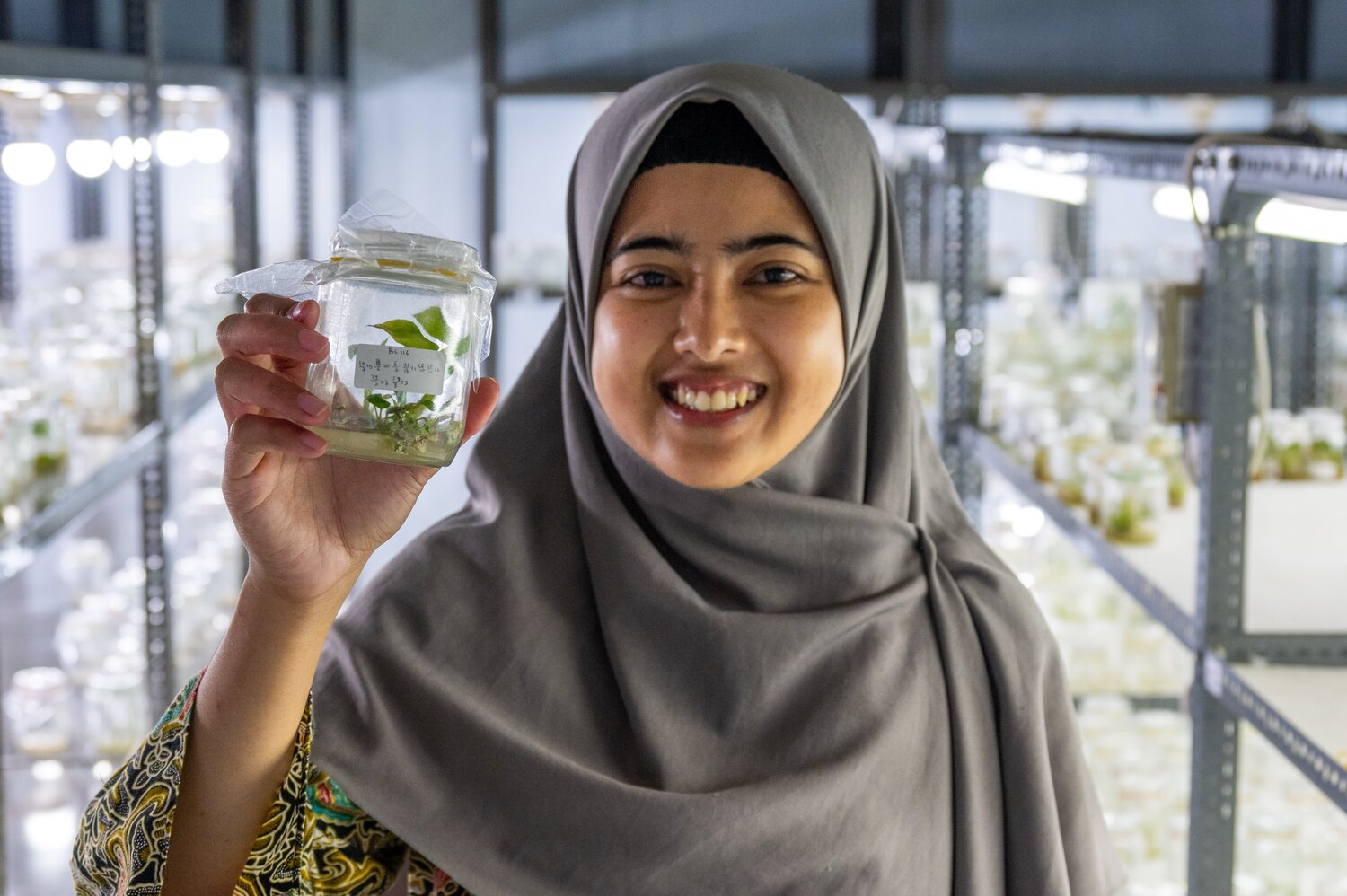
What is the Crop Trust doing about this?
Genebanks secure key collections of crop diversity, ensuring their availability for use by plant breeders, researchers, and farmers. Long-term funding from the Crop Trust-managed Crop Diversity Endowment Fund supports the essential operations of key genebanks, the development of genebank information systems, and the running of the Svalbard Global Seed Vault. For example, the Crop Trust provides perpetual funding for the conservation and distribution of vital crop collections safeguarded by the International Rice Research Institute (IRRI), the Alliance of Bioversity International and CIAT, and the International Institute of Tropical Agriculture (IITA). This ensures the protection of the genetic diversity of rice, beans, and cowpea.
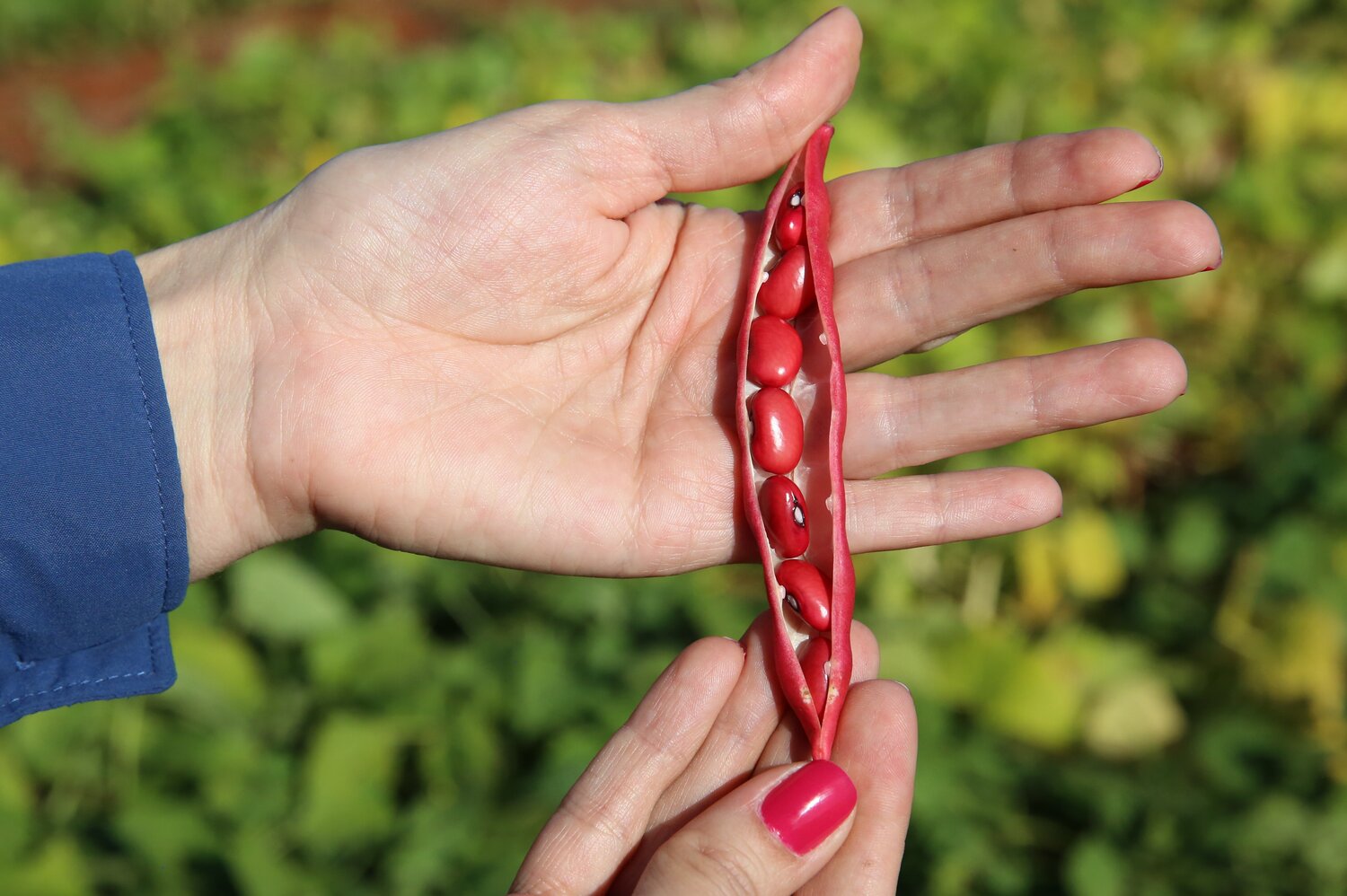
Target 10: Enhance Biodiversity and Sustainability in Agriculture, Aquaculture, Fisheries, and Forestry
This target promotes the sustainable use of biodiversity, including through the application of environment-friendly practices. Learn more about it here.
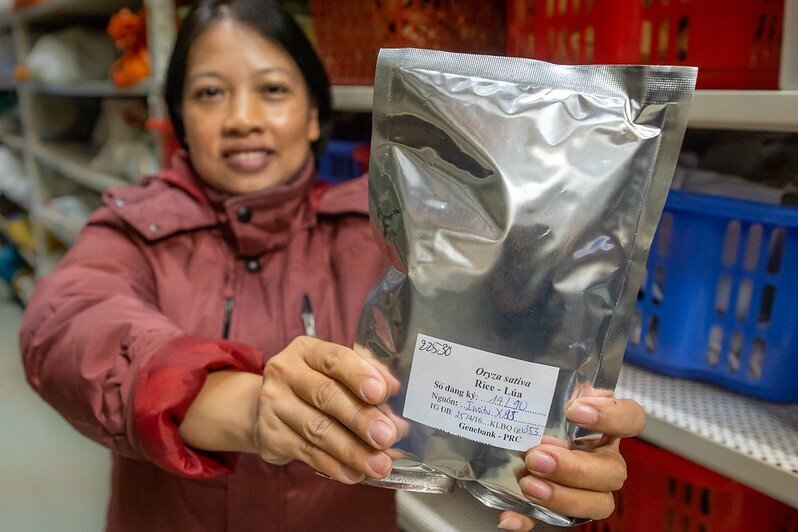
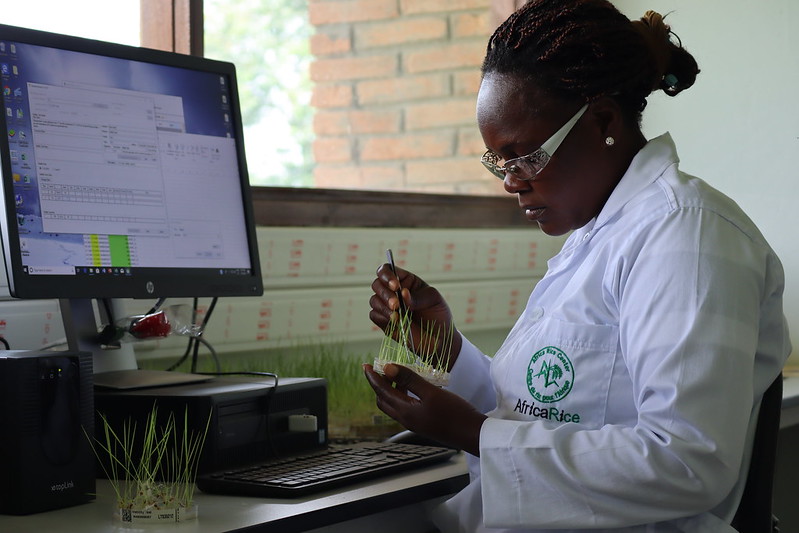
What is the Crop Trust doing about this?
The Crop Trust’s Crop Wild Relatives and BOLD projects have supported pre-breeding programs to develop salt-tolerant rice varieties in Vietnam, cold-tolerant alfalfa in Chile, China, and Kazakhstan, disease-resistant potatoes in Peru, and drought-resistant durum wheat in Lebanon, demonstrating the value of leveraging genetic diversity for crop resilience and productivity.
Target 13: Increase the Sharing of Benefits From Genetic Resources, Digital Sequence Information, and Traditional Knowledge
This target aims for more and more equitable sharing of the benefits arising from access to genetic resources through effective legal, policy, and administrative measures. Learn more about it here.

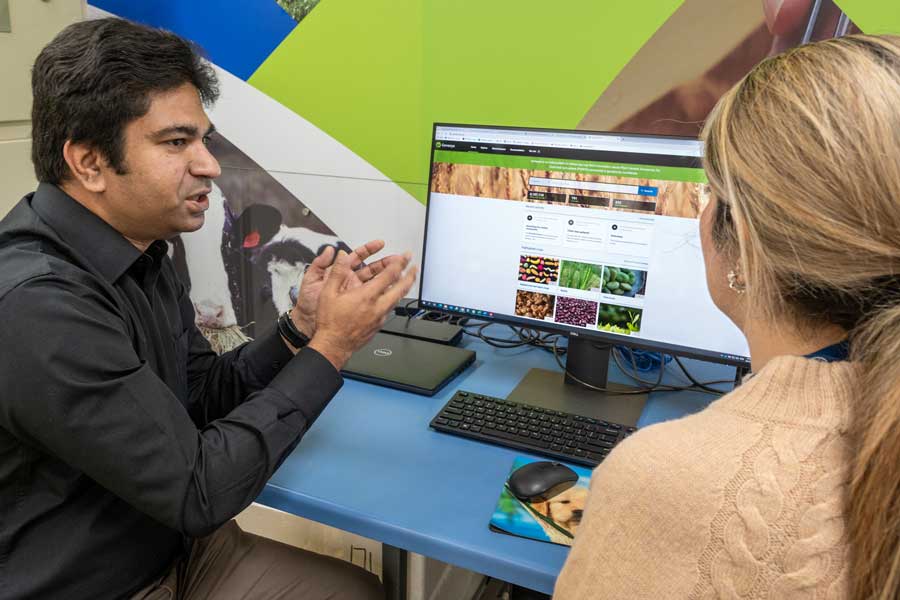
What is the Crop Trust doing about this?
The Crop Trust fosters the exchange of crop diversity among researchers under the rules of the International Plant Treaty and through the Global Genebank Partnership.
Genesys, an online platform managed by the Crop Trust, provides a means for accessing the world's crop diversity in genebanks, connecting users with relevant genebanks to acquire seeds tailored to their needs. By supporting genebanks in documenting and preparing their data for online publication, Genesys streamlines access to millions of accessions stored worldwide.


